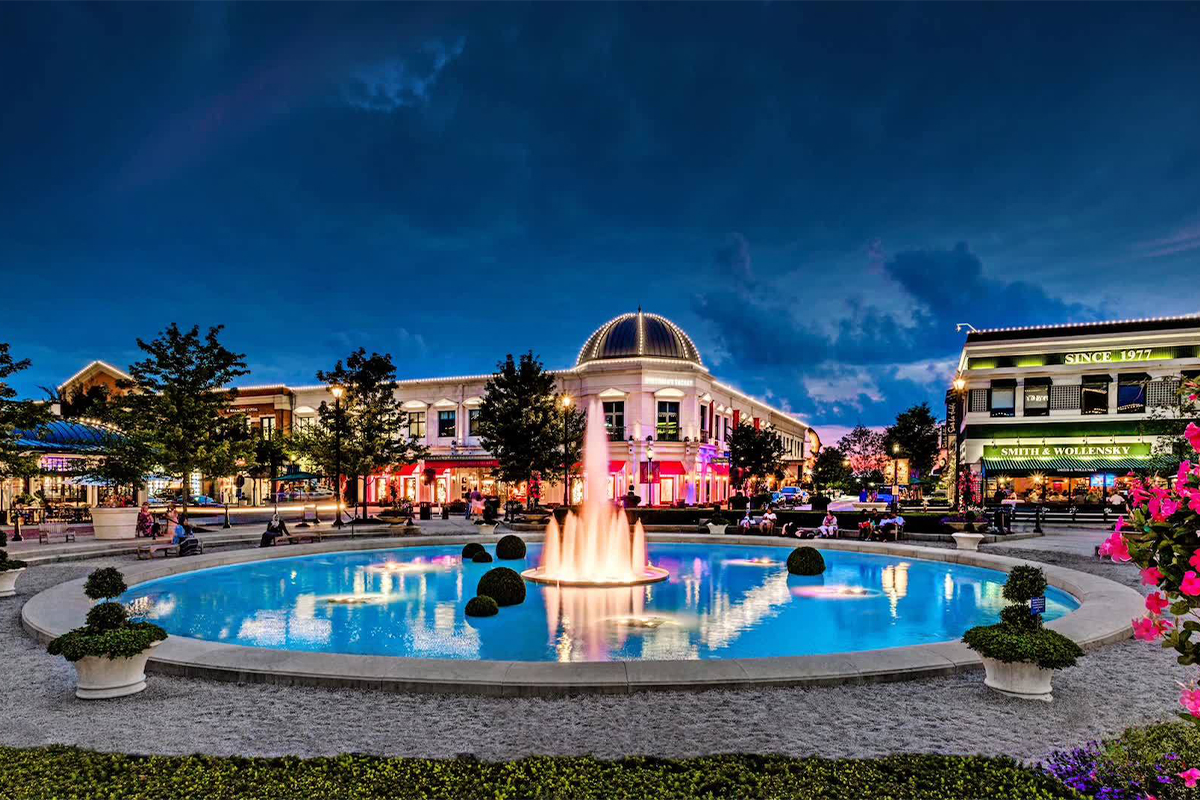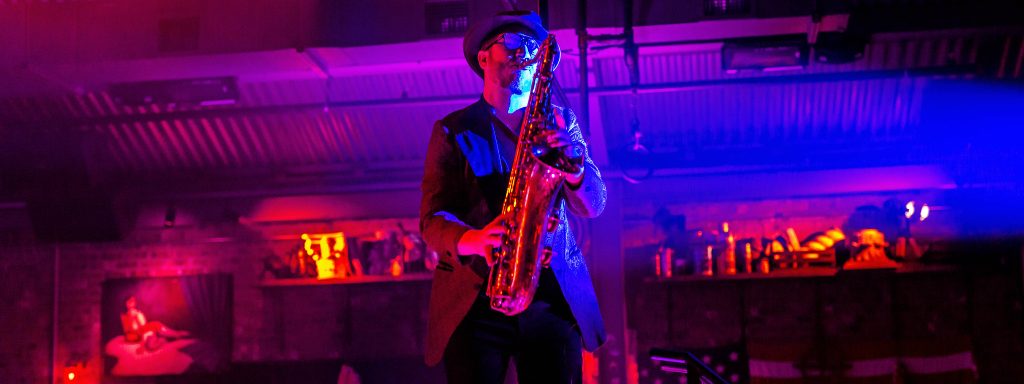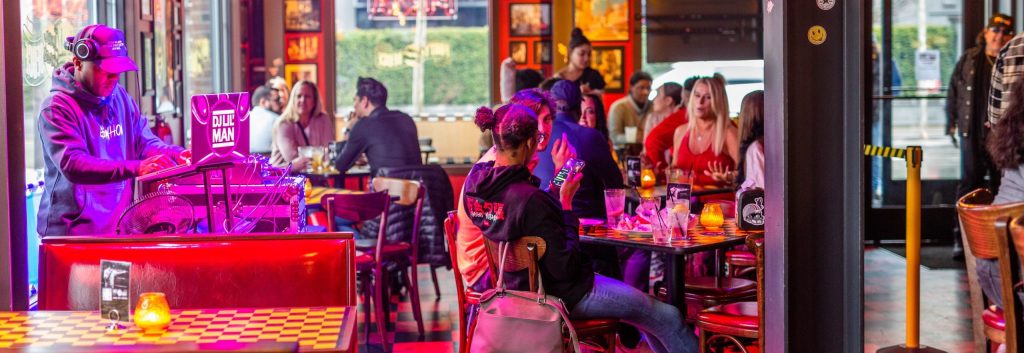By Yaromir Steiner
Commercial real estate trends and technology are constantly changing. This presents an ever-present challenge for CRE developers trying to remain current, especially those looking to part with old-school practices that no longer pass muster.
As a CRE developer with a highly successful track record of consistently evolving properties, we at Steiner recognize the incredible importance of futureproofing. Whether you are acquiring your first commercial building or a true industry veteran, here are some tips for keeping your CRE development on the cutting-edge.
Integrate Technology
For CRE developments, technology can add value and vibrancy in several ways. Inside Liberty Center in Cincinnati, Ohio—a former Steiner development—guests are met with an enormous 120-foot brick smokestack. At the top is The Beacon, a 31.5-foot screen made up of nearly 1,500 LED fixtures that total around 30,000 pixels.
From snowflakes falling in the winter, to the color pink during Breast Cancer Awareness Month, to an American flag waving on the Fourth of July, to shamrocks on St. Patrick’s Day and more—this high-tech virtual canvas displays multimedia content based on the time of year and adds visual dynamism for guests walking by.
Underneath the smokestack, a giant, functional fireplace features a brick chimney leading to The Beacon. On one side of the chimney is a big LED panel which also projects stunning displays. This technology is replicated on a smaller scale in other areas of the center—serving as an iconic symbol of the project and a key visual cue. More than that, the changing colors and graphics become part of the Liberty Center tradition, and something people driving by become familiar and emotionally connected with.
The Unity Chapel at Liberty Center—a community space that hosts a multitude of events ranging from weddings, concerts and yoga—features a cathedral-like window that, at first glance, is made up of stained glass. A closer look reveals that the beautiful window is actually made up of LED panels that can change icons based on the event being hosted.
One of our main missions when developing a project is to create memorable and future-proof places that create civic and social hubs for nearby communities. With the help of technology integration, great spaces can bring people together and become true community resources. For your CRE development, this should not just be innovation for the sake of innovation, but meaningful enhancements of environment and experience.
Consumers Don’t Have to See It
When thinking of a forward-looking strategy for your CRE development, it can be easy to think of projects that are highly visible. But even if customers can’t see it, integrating technology and upgrading infrastructure is vitally important.
When Steiner developed Easton, the IT infrastructure looked very different than it does today At one point, more than a dozen servers controlled a variety of separate functions, a setup that proved complicated and inefficient as more and more things became automated. Today, a central operating platform (COP) consolidates and controls virtually every aspect of the center—from building lights and temperatures to music and security cameras—in one place.
Data mining and predictive modeling are other ways to get valuable information and make decisions that can vastly improve your CRE development.
Connect the Dots
Staying innovative in commercial real estate is all about connecting sporadically placed dots. For example, Yaromir Steiner—CEO of Steiner + Associates—grew up in cities in France and Turkey, with street life and outdoor restaurants. Knowing people in Columbus liked to get together to eat and go outside, he developed tons of al fresco restaurant options at Easton—establishing it early as a top dining destination.
There is incredible emphasis on placemaking at Easton, and restaurants are defined in two ways—celebration and function. Where common food brands like Sbarro and Bibibop offer functional dining for guests on the go, celebration restaurants like Cooper’s Hawk and FlipSide provide a place for people to spend their leisure time in a more experiential way. Deliberately, the restaurant makeup at Easton is 90% celebration and 10% functional.
For CRE developers looking to innovate, it’s important to physically gather people together that represent differing job functions, and who are involved in technology, computers and electronics. These brainstorms should take a close look at industry patterns and find ways to transplant them to your location. To be a good innovator means a willingness to live in uncertainty, so keep that in mind as you seek modern solutions.
Continuously Evolve
In 2019, 20 years after our Easton project opened, it was named the number one retail center experience in the United States. This wouldn’t have happened if not for continuous evolution, thoughtful planning and constant recreating—from the addition of office, hotel and residential components to cutting-edge renovations.
Strategic evolution should be a top priority for your CRE development, as it will be the deciding factor in how well you adapt to new socioeconomic realities. Stagnancy will surely result in the plateau and eventual decline of your project.






